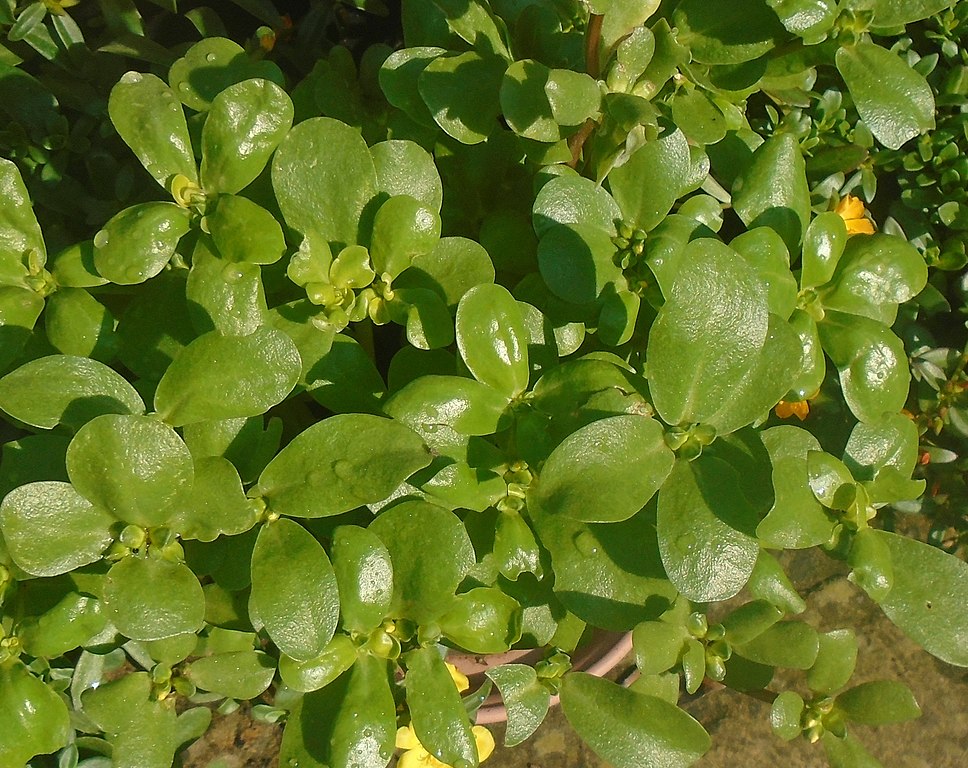Superabsorbent polymers are a crucial component of modern disposable diapers, designed to efficiently absorb and retain liquids, preventing leaks. A recent study suggests a potential path to recycle these superabsorbent polymers.
The unique structure of superabsorbent polymers enables them to capture and securely hold substantial quantities of liquid. When they come into contact with moisture, they transform into a gel-like substance through water absorption, effectively preventing potential leakage onto the baby’s skin.
Revolutionizing Recycling
However, diaper waste poses a significant global challenge, with approximately 300,000 diapers discarded every minute worldwide. This problem stems from superabsorbent polymers mainly made of hard-to-recycle sodium polyacrylate, an exceptionally absorbent material.
Traditionally, recycling sodium polyacrylate required the use of strong acids. These crosslinked polymers are insoluble in water and do not melt at high temperatures; instead, they degrade. The use of acids was necessary to break the polymer chains, a process that took roughly 16 hours at 80 degrees Celsius, making recycling complex and costly. As a result, superabsorbent polymers have had limited opportunities for reuse due to these challenges.
Greening Diaper Disposal: A 5-Minute Transformation
Researchers from the Institute of Biological and Chemical Systems, the Institute for Biological Interfaces, and the Institute for Chemical Technology and Polymer Chemistry at KIT have achieved successful polymer degradation using UV light and water.
Paving the Eco-Friendly Way
Following polymer degradation, the researchers transformed the resulting liquid into new adhesives and dyes. The solubility of this substance opens up various application possibilities.
While clean diapers were used in the tests, it is also feasible to recycle superabsorbent polymers from used diapers. This recycling process can be made more eco-friendly by utilizing solar power. This innovation holds the promise of a more environmentally-friendly approach to recycling superabsorbent polymers, reducing environmental pollution, and promoting sustainable polymer use.







